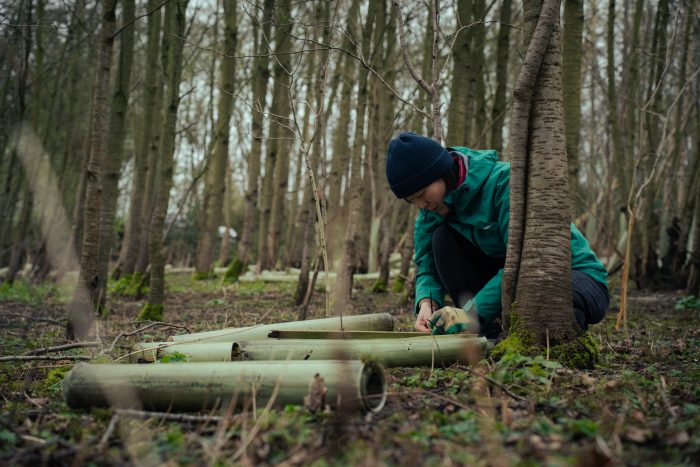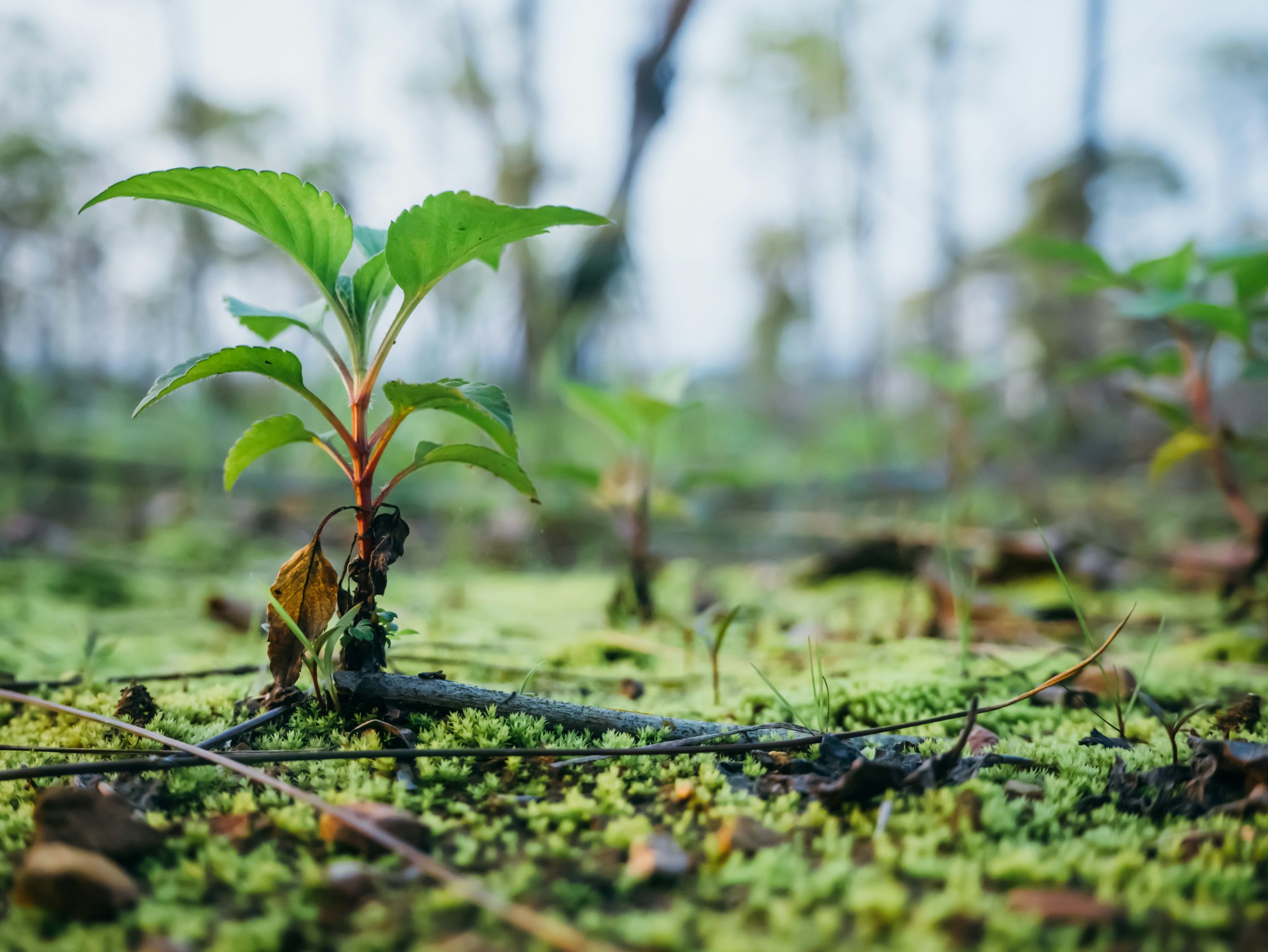Last week marked the tenth anniversary of Sustainability Week at the University of York. A whole host of events were running during the week, but the one which most caught my eye was the alumni department’s Community Tree Maintenance activity.
Earlier this month, a large group of volunteers (myself included) travelled to the woodlands block, a well-shaded area of land nestled between David Kato college and the entrance to Campus East. Grounds and Ecology Manager, Gordon Eastham, explained the different species of trees there including Mountain Ash and Silver Birch.
In theory, our task was straightforward: we had to take the tree shelters off of the trees. How hard could it be?
Tree shelters are green plastic tubes approximately one metre long. They are attached around the tree during its early stages of growth to shield it from the natural environment and prevent it from being eaten by grazing rabbits.
Eastham said that the tree shelters work as a kind of protective barrier. They provide “a little sort of microclimate for the tree…within the shelter itself around the tree, it’s probably slightly warmer in the winter than it would be otherwise”.
As the trees mature, they get bigger and inevitably outgrow their shelters. That’s where we volunteers came in.
Armed with gloves, pruning knives and safety goggles, our job was to remove as many of these tree shelters as possible (in a short one-hour session).

One York graduate, Janet Baird, travelled down from Harrogate for this event. She found the experience rewarding, likening it to the feeling that she had “liberated a tree from its prison”.
Hannah Droop, one of the key organisers of this event, explains that “there’s a lot more scrambling under the trees than I imagined and actually, you think it’s a really easy task but it’s kind of tougher than you’d think”.
But what actually happens to the removed tree shelters, you might be asking yourself.
Eastham tells me, “we send them back to the original manufacturer [TuBex] and they recycle them…they might subsequently end up as tree shelters again or some kind of other plastic product”.
When it comes to the trees themselves, Eastham remarks, “we obviously hope that as they mature, they become richer in wildlife and more diverse”, making for a more environmentally friendly University in the future.
